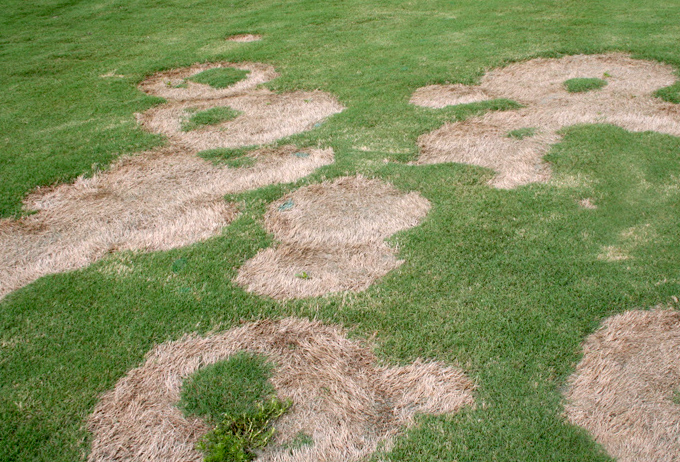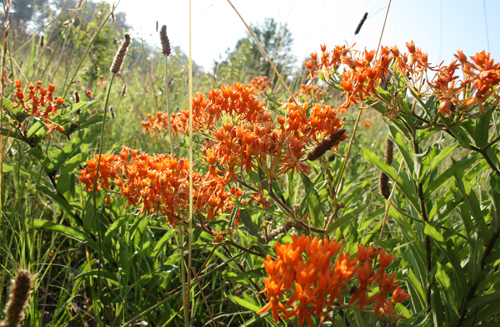 CAES News
CAES News
Treat turfgrass diseases now
Fall is a great time to guard against spring and summer diseases on warm-season grasses.

.jpg)


-IMG_7085-low.jpg)
